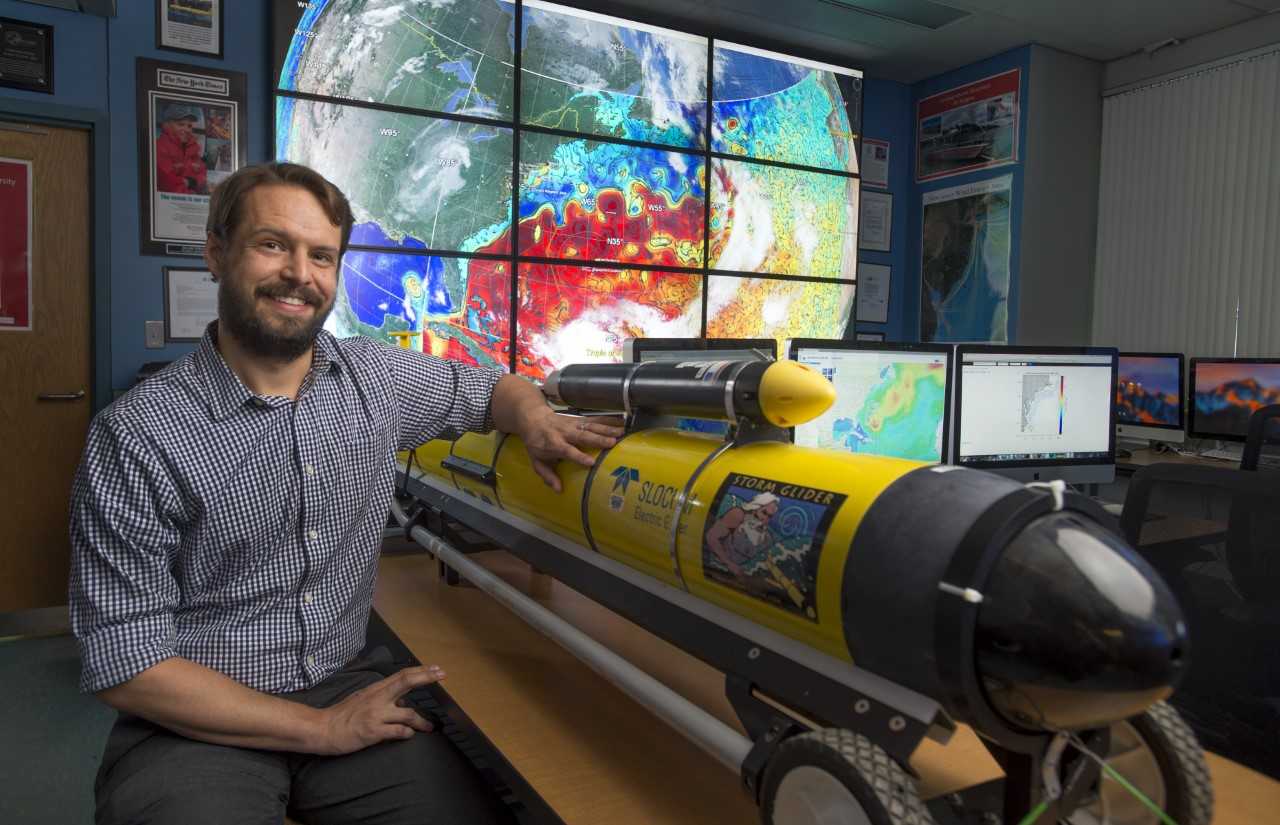Slocum Glider Integrated Laser In-Situ Scattering and Transmissometry Sensors for Suspended Particle Characterization
Published:
Project Period: 2016-07-15 to 2017-07-14 (completed)
Sponsor: Office of Naval Research (ONR)
Understanding how acoustic signals propagate in the ocean is critical to the deployment of naval assets throughout the world. In addition to the distribution of temperature and salinity, acoustic signal propagation along coastal margins can be modified by stratification induced by high concentrations of suspended particles either delivered by hyperpycnal river discharge or wave and current induced self-stratificiation. Specifically, in the Western Pacific frequent land-falling summer typhoons can rapidly change the suspended particle concentration through wave-driven sediment resuspension and transport, enhanced sediment laden river discharge, and land derived debris flows. Three-dimensional hydrodynamic models that include sediment discharge, resuspension, and transport schemes have developed significantly over the past decade but in-situ data necessary to constrain and validate these models are severely limited, particularly in the extreme conditions during tropical cyclones. Suspended particle size distribution (PSD) and concentrations remain critical, yet difficult to sample properties over broad spatial domains, which can affect stratification. The objective of this DURIP is to obtain a set of Teledyne-Webb Research (TWR) Slocum glider integrated Laser In-Situ Scattering and Transmissometry (LISST) sensors to directly sample particle size distribution and suspended sediment concentration during storm events that impact the littoral environment. These sensors will enable new capabilities in Slocum gliders to obtain detailed suspended particle information in real-time during storm events and other conditions of interest. When paired with new acoustic communication capabilities on Slocum gliders these sensors will enable operators to and researchers to determine how rapid changes in the marine environment affect acoustic signal propagation in regions of interest and allow for validation and constraint of three-dimensional hydrodynamic sediment transport models
